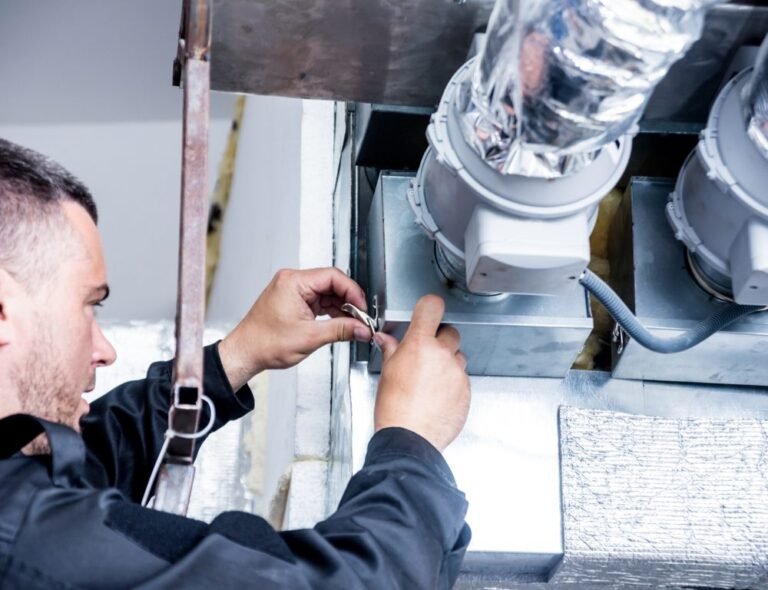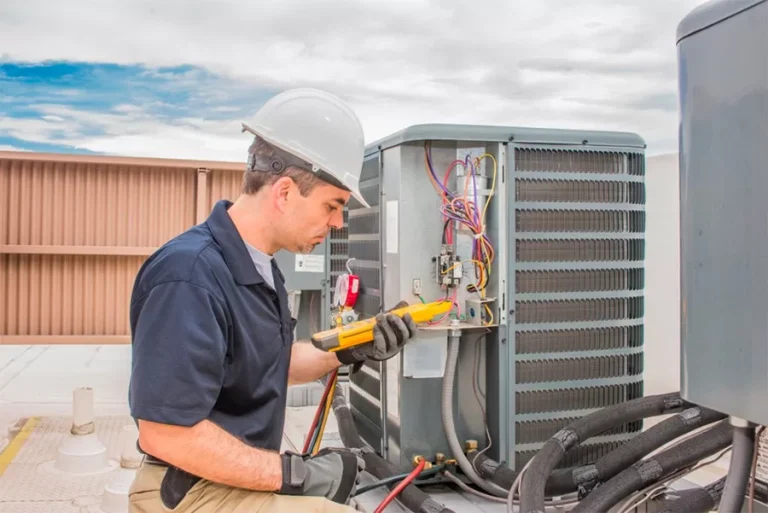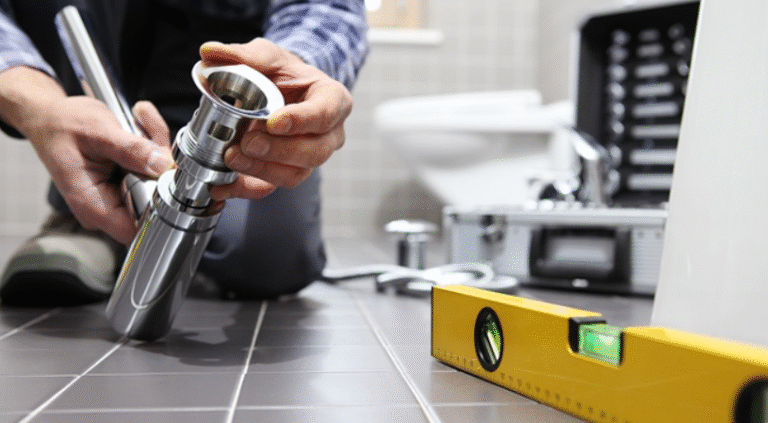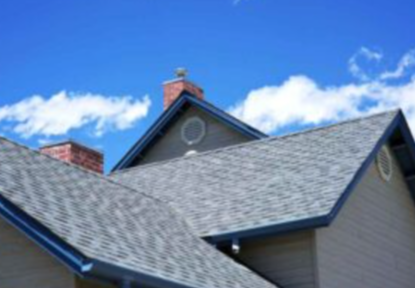Why Fall May Be the Smartest Season for Your Roof Replacement
Timing a roof replacement takes more than watching for signs of wear. Choosing the right season for the project can improve results, streamline scheduling, and help avoid weather-related delays. Fall often presents favorable conditions, and many property owners find that working with a roofing company during this time allows for a smoother, more predictable experience.
Weather and Working Conditions in Fall
Roofing is a weather-dependent service. In Tampa Bay, fall tends to offer moderate temperatures and lower humidity levels, which provide more stable working conditions. While summer brings heavy rain and winter can introduce occasional cold snaps, fall offers more consistent patterns. Roofers can complete tear-off and installation tasks more efficiently when they are not constantly adjusting for storms or heat advisories.
Cooler weather also benefits the materials themselves. Asphalt shingles, for instance, require time to bond and seal properly. Excessive heat can cause the adhesive to cure too quickly, which may lead to alignment issues or reduced flexibility. Cold temperatures, on the other hand, can make materials brittle. Fall provides a balance that helps ensure shingles conform to the roof deck as intended.
Lead Times and Scheduling Considerations
Fall is a popular season for roof replacement, so it is wise to reach out to your contractor early. Many roofing companies experience higher demand during this time, which can extend lead times. Homeowners who plan ahead can secure a preferred start date, allowing for proper inspection and material delivery without rushing the process.
It is also common for homeowners to schedule multiple upgrades or home improvements in the fall, so coordinating with other contractors may be required. For example, if gutters need replacement or attic insulation is scheduled, these projects should be timed with the roofing work to prevent duplication or rework.
Avoiding Winter-Related Risks
A roof replacement done in the fall helps prepare your home for the coming winter. While the Tampa Bay area does not typically experience snow, winter months can still bring cooler temperatures, longer rain cycles, and reduced daylight. Addressing a roof replacement before these seasonal shifts begin can prevent further wear on aging shingles or roof decking.
Even minor issues, such as cracked flashing or missing granules, can lead to moisture intrusion when colder weather arrives. Completing a roof replacement in the fall ensures your home is sealed and protected through the wetter months. It also reduces the chances of emergency repair calls, which are harder to schedule during the holidays and year-end rush.
Energy Efficiency and Interior Comfort
A new roof installed in the fall can contribute to better interior comfort throughout the year. Improved ventilation, upgraded underlayment, and reflective shingles all work together to reduce heat transfer and stabilize indoor temperatures. As a result, homeowners may see reduced energy use, especially as they move into months where heating or cooling systems are more frequently in use.
Fall also provides an opportunity to address attic airflow, which is often overlooked. Replacing the roof gives your contractor access to assess soffits, ridge vents, and intake systems. Optimizing this system reduces moisture buildup in the attic and prolongs the life of both insulation and roof materials.
See also: Shield Your Shelter: Smart Ways to Protect Your Home’s Structure
Inspection, Planning, and Permit Timelines
A successful fall roof replacement begins with a thorough inspection. Licensed contractors will examine the existing roof surface, decking, flashing, and ventilation before preparing a detailed estimate. The project calendar should account for the potentially short processing time for roofing permits, which may vary depending on your municipality.
Once permits are approved, materials are ordered, and staging is scheduled. Most residential roof replacements can be completed in two to five days, depending on size and pitch. Fall’s stable weather helps keep that estimate on track.
Reducing Impact on Landscaping and Outdoor Activities
Another advantage of fall roofing projects is the reduced strain on outdoor landscaping. Compared to spring and summer, many shrubs and garden beds are dormant or trimmed back in the fall. This allows the crew to set up ladders and equipment with less disruption to your property.
In addition, families tend to spend less time in outdoor living spaces as fall progresses, which means fewer interruptions to daily life during the replacement. If you host holiday gatherings or decorate for the season, scheduling roofing work early in the fall helps avoid overlap with these activities.
Peace of Mind During the Holidays
A fall roof replacement allows you to enter the holiday season with confidence. Knowing your home is protected from the elements can provide peace of mind during a time when many families focus on guests, travel, or year-end plans. The roof is one of the largest protective elements of your home, and having it updated before colder or wetter weather arrives can relieve the stress of unexpected repairs.
Choosing to replace your roof during the fall offers numerous practical and long-term benefits. From more consistent weather to improved energy performance, this season provides the right balance for a successful outcome. If you are in the Tampa Bay area and considering a roof replacement, contact the experienced team at Avatar Roofing to schedule your consultation and take advantage of the fall season.






